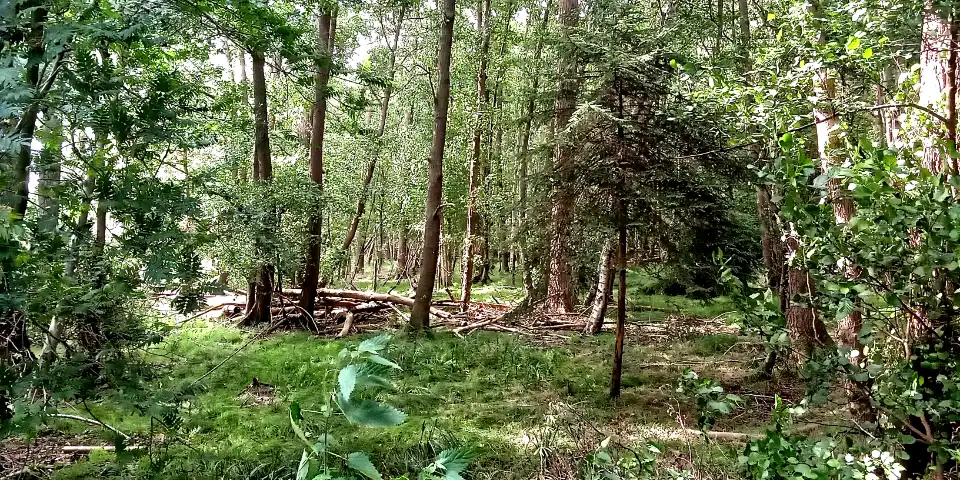Well, first of all, what is growth? It means “a change in yourself in a positive direction, in a way that gives you the ability to have a more fulfilled life.” All growth is inherently good, but it comes in two forms.
Deconstructive growth identifies things we dislike, rejecting experiences and moving away from the source of issues. This growth gives us boundaries from the negative aspects of life. It doesn’t “add” to our tools; it doesn’t create “new” ways to engage with life. It just takes away things that are bad. It’s still important, but a net-negative to our options and freedom.
Constructive growth involves things you accept and embrace—things that let you learn, become more confident, more active and more aware. Constructive growth “does” add new tools and new ways to engage with life since it’s a deeper understanding of yourself, what you can do and what you want. It adds options and freedom, as things you didn’t believe you could do become within reach and desirable. It is a direction.
Recognizing when personal space is being violated isn’t negative. It’s just deconstructive growth, but still a good thing, as growth is inherently good. However, the constructive parallel to that is to seek out environments that support us.
With every other social environment you make the choice to enter into it in the first place. For example, take a relationship with a person where the things you wanted and things they wanted did not align, which led to a ‘push’ of ending that said relationship.
When you’d realized you couldn’t accept that person, you moved on. But the constructive parallel to this would be for you to come to understand what you “do” look for, to solve this confusion you have by understanding what’s causing it.
Learning to reject X is meaningless if you learn to accept Y. This finds something you love automatically and protects you from something you hate.
In this example, the time and energy spent blocking off these interactions with the other person you were in a relationship, had it been spent understanding your own issues of loneliness or desire to be understood, in the first place, would mean the relationship with that person would never have felt particularly interesting to begin with. You’d have had this understanding and would have been able to act on it. The constructive growth adds this ability of knowing yourself and knowing when things won’t work out.
Regarding family, let’s supplement the example with another “toxic social environment.” Growing to know what environment you do look for, what you want to find, protects you from any toxic social environment because you know X ≠ Y, and that you’re only interested in Y.
That’s why constructive is better than deconstructive, even if both are good overall. Deconstructive growth only happens when you’re already in a negative environment and need to reject it.
Constructive growth can happen only when you have the energy, knowledge and time to focus on it, and it protects you from negative environments even before entering them. It not only protects you, but it also gives you freedom and is a healthier outlook overall.
To use the example of reading a book, deconstructive growth would tell you that the story makes you uncomfortable and that you should reject it and stop reading. Constructive growth would urge you to find what’s causing this dislikable feeling, to face it and overcome it, so you can go back to reading with enjoyment around your cheeks.
Deconstructive growth can never provide this. So why is deconstructive growth so common? Because it’s easy. You just have to react to your environment. In contrast, constructive growth is something that you have to choose to do.
So if you want to grow constructively, you have to work for it by leaving your bubble of comfort.


